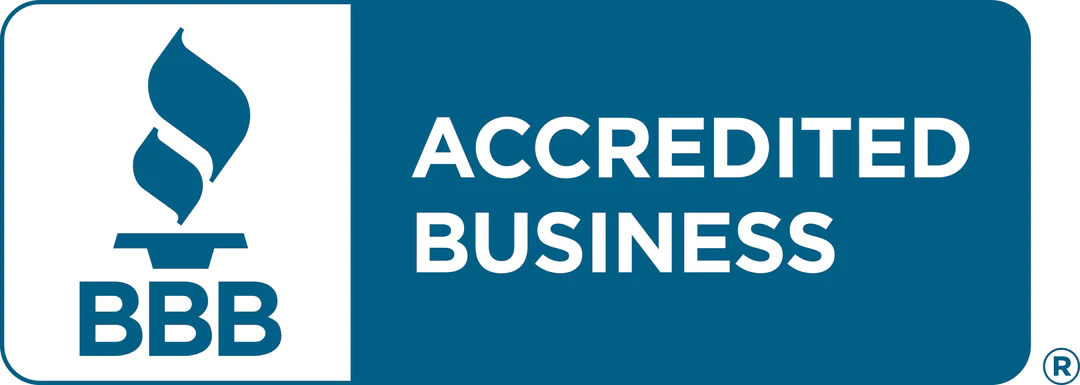College Admissions Tips and Guidance
PSAT Scores: Making Sense of Your Results

Explore Our Articles
Recent Posts
Popular Categories
Get In Touch
On Social
By Phone or Text
(617) 734-3700
By Mail or Email
1678 Beacon Street
Brookline, MA 02445
By Form
Educational Advocates
Our objective is to guide the family in finding options where the student will not only get admitted, but thrive and find success once on campus.
PSAT Scores: Making Sense of Your Results
By now most students have received their PSAT score reports, which arrived a month later than College Board, administrator of the test, promised. (As of this writing, however, students from a few high schools still had not received their scores). Beyond the logistical issues, counselors, test preparation professionals and educational consultants nationwide have observed a strange trend related to this crop of PSAT results—the percentiles are unusually high. No one can recall a time where so many students earned such high percentiles on the test. No doubt, many students were ecstatic when they first saw their high percentile scores and this has led to confusion for many juniors. Most juniors have planned to take the ACT this year due to the complexity of the new SAT combined with a lack of lack of available preparation materials and the fact that it will take two months to get scores returned after sitting for the March 2016 test, the first time it will be offered. Now these PSAT scores are causing students to question their strategy.
It Looks The Same, But It’s Not The Same At All
 So what might be going on? First, the percentiles in the new PSAT score reports are based on what is called a nationally representative sample, which counts everyone in the country who is qualified to take the test (based on age or status as a high school junior for instance). However, many high school juniors do not take the PSAT. The percentiles that are typically used for standardized tests are called test user percentiles and are based on who actually does take the test. You can see your test user percentiles if you log into your College Board account.
So what might be going on? First, the percentiles in the new PSAT score reports are based on what is called a nationally representative sample, which counts everyone in the country who is qualified to take the test (based on age or status as a high school junior for instance). However, many high school juniors do not take the PSAT. The percentiles that are typically used for standardized tests are called test user percentiles and are based on who actually does take the test. You can see your test user percentiles if you log into your College Board account.
Another factor contributing to the increase in percentiles might be due to the elimination of penalties for guessing with this year’s PSAT. In the past, students were penalized for wrong answers and this is no longer the case.
In his terrific blog post on this topic, Charlie O’Hearn, founder and CEO of test preparation company Summit Educational Group, cites another reason for the high scores: The new PSAT is simply a different test on a different scale just like Celsius and Fahrenheit temperatures are on different scales:
“We all understand clearly that even though 32 is bigger than 0, 32° Fahrenheit is the same as 0° Celsius. No confusion. Just different scales. Unfortunately, tests and scales for the new and old PSAT are, on their faces, not as dissimilar as Fahrenheit and Celsius, and the similarity is causing understandable confusion. It’s natural to look at a new PSAT score and do a mental comparison to an old PSAT score, but that’s just as invalid as saying that 32° F is higher than 0° C.
Where to go from here
So how should students think about test preparation given their PSAT results? The first thing is to make sure you understand how to read your score report. This video from Arborbridge will walk you through the score report so you can understand its meaning.
Second, don’t panic if you do not like your scores. No college will see them and don’t let your friends pressure you to share them either.
Third, most professionals are still recommending that students take the ACT (not that this test is without problems—see our related story on scoring for the ACT writing section). College Board has posted preliminary correlation tables between the old PSAT and the new one on their site. But they do not provide any correlation to the ACT. Many test preparation companies have derived a correlation table between the new PSAT and the ACT. You can download the one prepared by Summit Educational Group here.
Finally, students and parents may wonder how admissions officers will view their test results next fall when reading applications. Rest assured that there will be more reliable correlation tables available by that point and admissions professionals will be well aware of the issues with this year’s tests.
We are here to support you every step of the way through your decision making about which tests to take, when to take them and referring you to test preparation professionals who can assist you.








